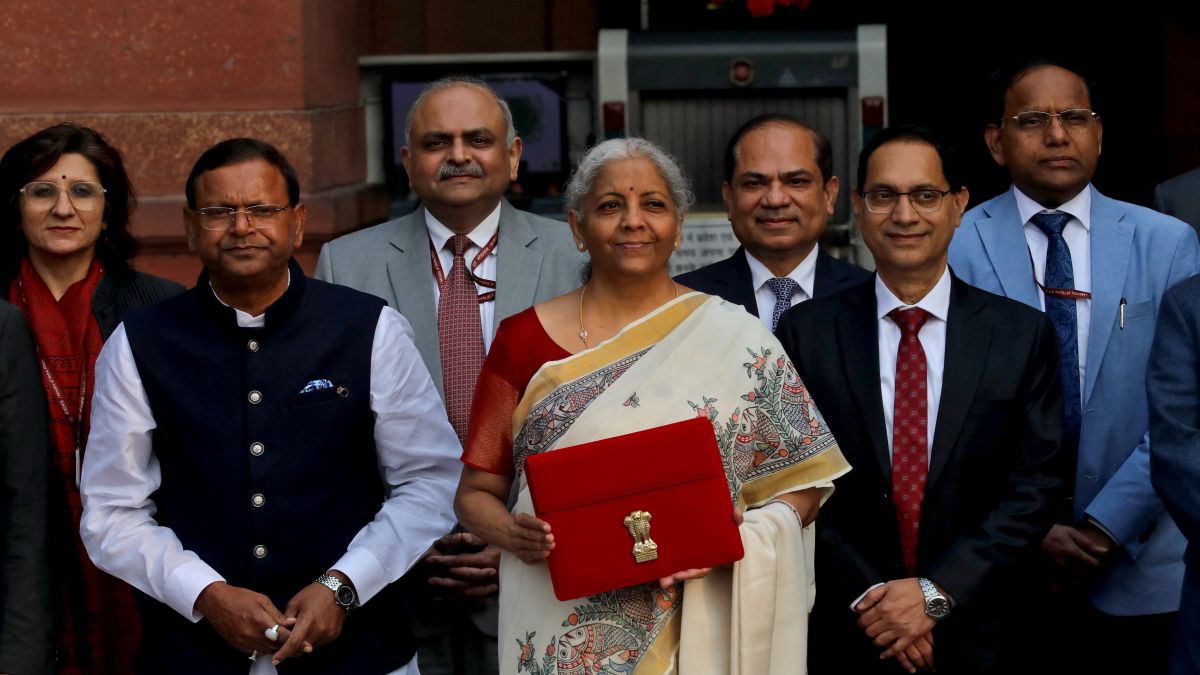Finance Minister Niramala Sitharaman told the parliament that the Union Budget 2025-2026 will focus on the development of four sections of society. The four sections are “Garib, Yuva, Annadata and Nari” (poor, youth, farmer and women). She mentioned that the proposed development measures for these sections of society would span ten broad areas.
While proposing the budget to the parliament on Saturday, the finance minister said that the Budget aims to usher in “transformative reforms” in the next six years. The government plans to bring reforms in key areas like taxation, financial sector, power sector, urban development, mining and overall regulations.
Sitharaman created history after she presented her eighth consecutive budget in the Indian parliament, the highest ever being presented by any finance minister. This was the first full budget of the NDA government after the alliance came to power for the third consecutive time.
10 broad areas the budget focuses upon
The following are the 10 broad areas the budget focused upon:
1. Spurring agricultural growth and productivity
The budget introduces several measures to enhance farm productivity. These measures include the promotion of modern irrigation, technology adoption, and access to credit. Sitharaman emphasised that the budget also prioritised support for sustainable farming practices and agri-tech startups.
2. Building rural prosperity and resilience
The rural development programs were also strengthened with new investments in roads, digital connectivity, and rural banking. The main focus was on the improvement of the living standards in villages and the promotion of self-reliance through cooperative initiatives.
3. Taking everyone together on an inclusive growth path
During her speech, Sitharaman said that the welfare schemes for marginalised communities are expanded. This includes greater financial inclusion, housing initiatives, and direct benefit transfers (DBT). The finance minister maintained that these initiatives will ensure that growth and the benefits that come with it reach all sections of society.
Impact Shorts
More Shorts4. Supporting MSMEs
The government also provided policy support to Micro, Small, and Medium Enterprises (MSMEs). The budget proposed easier credit access, lower compliance burdens, and incentives for innovation. Special focus was also given to boosting the domestic manufacturing sector and exports.
5. Enabling employment-led development
Sithraman also mentioned that job creation will remain the priority of the government with investment in skill development programs, apprenticeships, and employment-linked incentive schemes. When it comes to job creation, special focus will be on the IT, and service sectors.
6. Investing in people, economy and innovation
Education and research have been given more funding to promote innovation. Several other initiatives were also introduced in the budget in this regard, this includes higher education reforms and vocational training. Overall, the main aim of the proposed budget is to strengthen India’s knowledge economy.
7. Securing energy supplies
The budget also highlighted India’s aim of clean energy transition with Sitharaman promoting the creation of nuclear infrastructure.
8. Promoting exports
In the budget, Sitharaman proposed trade policies which aim to improve India’s competitiveness. The government simplified regulations, reducing export duties, and signing new trade agreements. The focus was on boosting agricultural and industrial exports.
9. Nurturing Innovation
The government aims to provide funding support, tax benefits and ease of business measures to startups and technology-led enterprises. The budget also promoted emerging sectors such as AI, semiconductors, and biotech.
10. Strengthening women’s economic participation
The budget also expanded several initiatives for women entrepreneurs and self-help groups and was aimed at financial inclusion. Sitharaman said that the main focus is on increasing female workforce participation and enhancing access to credit.


)

)
)
)
)
)
)
)
)



